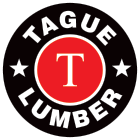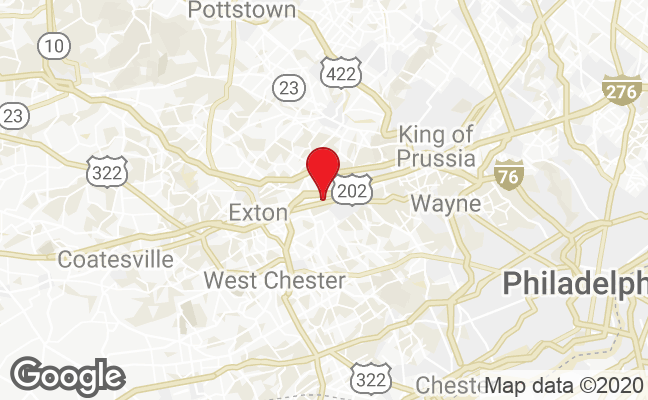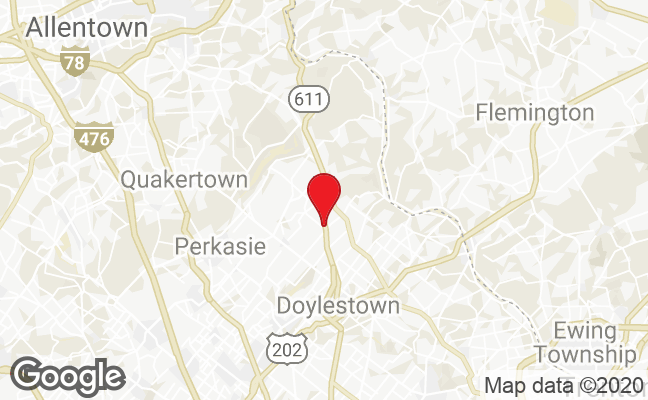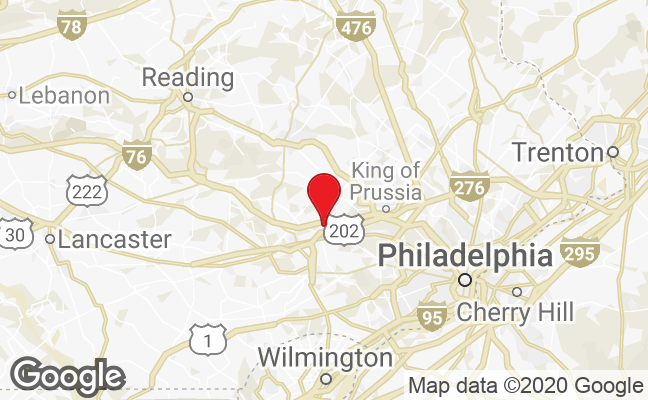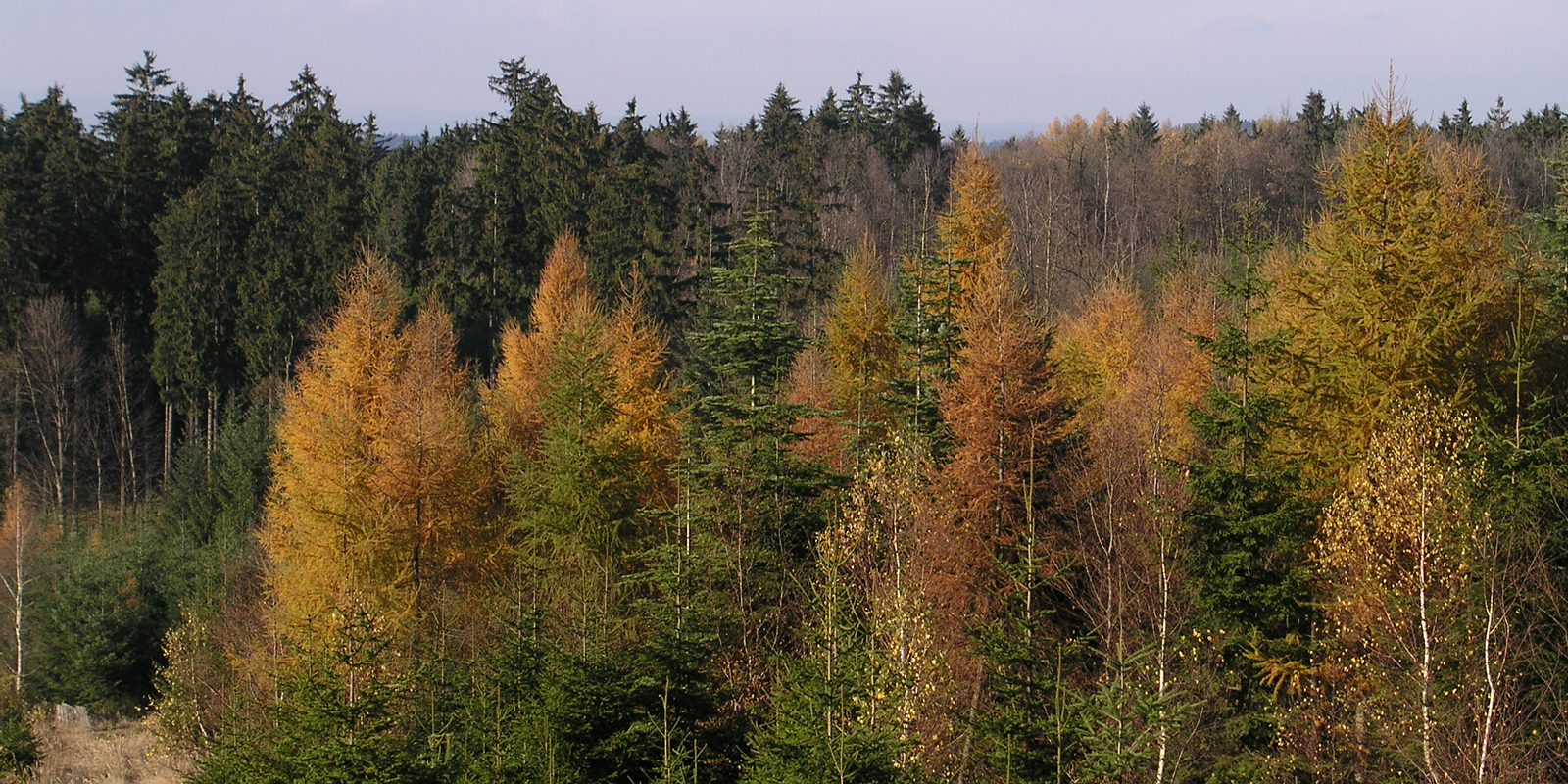![]() Certified Green Professionals (CGP) are certified by the NAHB. The Certified Green Professional designation recognizes builders, remodelers and other industry professionals who incorporate green building principles into homes— without driving up the cost of construction. Classwork leading to the designation provides a solid background in green building methods, as well as the tools to reach consumers, from the organization leading the charge to provide market-driven green building solutions to the home building industry.
Certified Green Professionals (CGP) are certified by the NAHB. The Certified Green Professional designation recognizes builders, remodelers and other industry professionals who incorporate green building principles into homes— without driving up the cost of construction. Classwork leading to the designation provides a solid background in green building methods, as well as the tools to reach consumers, from the organization leading the charge to provide market-driven green building solutions to the home building industry.
 Energy Star ratings are awarded to products that meet strict EPA and US Department of Energy energy-efficiency guidelines. Results are already adding up. With the help of ENERGY STAR, Americans saved enough energy in one year alone to avoid greenhouse gas emissions equivalent to those from 33 million cars — all while saving nearly $18 billion on their utility bills. Energy efficient choices can save families about a third on their energy bills with similar reductions of greenhouse gas emissions, without sacrificing features, style or comfort.
Energy Star ratings are awarded to products that meet strict EPA and US Department of Energy energy-efficiency guidelines. Results are already adding up. With the help of ENERGY STAR, Americans saved enough energy in one year alone to avoid greenhouse gas emissions equivalent to those from 33 million cars — all while saving nearly $18 billion on their utility bills. Energy efficient choices can save families about a third on their energy bills with similar reductions of greenhouse gas emissions, without sacrificing features, style or comfort.
 EPA WaterSense helps consumers make smart water choices that save money and maintain high environmental standards without compromising performance. Products and services that have earned the WaterSense label have been certified to be at least 20 percent more efficient without sacrificing performance. If one in every 10 homes in the United States were to install WaterSense-labeled faucets or faucet accessories in their bathrooms, it could save 6 billion gallons of water per year, and more than $50 million in the energy costs for supplying, heating, and treatment of that water!
EPA WaterSense helps consumers make smart water choices that save money and maintain high environmental standards without compromising performance. Products and services that have earned the WaterSense label have been certified to be at least 20 percent more efficient without sacrificing performance. If one in every 10 homes in the United States were to install WaterSense-labeled faucets or faucet accessories in their bathrooms, it could save 6 billion gallons of water per year, and more than $50 million in the energy costs for supplying, heating, and treatment of that water!
 Forest Stewardship Council (FSC®) certification sets the standard in responsible forest management. Managed responsibly, forests offer a renewal resource for many of the products found in our homes. Be sure to ask about our FSC® availability.
Forest Stewardship Council (FSC®) certification sets the standard in responsible forest management. Managed responsibly, forests offer a renewal resource for many of the products found in our homes. Be sure to ask about our FSC® availability.
 Green Seal certification is given to products that satisfy rigorous environmental standards designed to achieve leadership levels in sustainability. Green Seal certification is not just a “one-time deal.” Companies establish an ongoing commitment to health and the environment through annual compliance monitoring and work towards continuous improvement.
Green Seal certification is given to products that satisfy rigorous environmental standards designed to achieve leadership levels in sustainability. Green Seal certification is not just a “one-time deal.” Companies establish an ongoing commitment to health and the environment through annual compliance monitoring and work towards continuous improvement.
 Greenguard Environmental Institute (GEI) was founded in 2001 with the mission of improving human health and quality of life by enhancing indoor air quality and reducing people’s exposure to chemicals and other pollutants. In keeping with that mission, GEI certifies products and materials for low chemical emissions and provides a free resource for choosing healthier products and materials for indoor environments.
Greenguard Environmental Institute (GEI) was founded in 2001 with the mission of improving human health and quality of life by enhancing indoor air quality and reducing people’s exposure to chemicals and other pollutants. In keeping with that mission, GEI certifies products and materials for low chemical emissions and provides a free resource for choosing healthier products and materials for indoor environments.
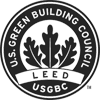 Leadership in Energy and Environmental Design (LEED) certification provides independent, third-party verification that a building, home or community was designed and built using strategies aimed at achieving high performance in key areas of human and environmental health: sustainable site development, water savings, energy efficiency, materials selection, and indoor environmental quality. Developed by the U.S. Green Building Council (USGBC) in 2000, the LEED rating systems are developed through an open, consensus-based process led by LEED committees.
Leadership in Energy and Environmental Design (LEED) certification provides independent, third-party verification that a building, home or community was designed and built using strategies aimed at achieving high performance in key areas of human and environmental health: sustainable site development, water savings, energy efficiency, materials selection, and indoor environmental quality. Developed by the U.S. Green Building Council (USGBC) in 2000, the LEED rating systems are developed through an open, consensus-based process led by LEED committees.
 National Association of Home Builders (NAHB) is helping many builders go green. While some of the impetus to build green is being dictated by policy makers, increased consumer awareness is also driving the growth in this sector, making green a self-fulfilling prophecy — the more consumers are exposed to the benefits of green homes, the more demand we will see. Accordingly, NAHB helps prepare the industry for the increasing interest in sustainable construction by educating and credentialing building professionals, developing measurements for green building, and advocating at the national level for credible, voluntary, and market-sensitive green building initiatives.
National Association of Home Builders (NAHB) is helping many builders go green. While some of the impetus to build green is being dictated by policy makers, increased consumer awareness is also driving the growth in this sector, making green a self-fulfilling prophecy — the more consumers are exposed to the benefits of green homes, the more demand we will see. Accordingly, NAHB helps prepare the industry for the increasing interest in sustainable construction by educating and credentialing building professionals, developing measurements for green building, and advocating at the national level for credible, voluntary, and market-sensitive green building initiatives.
 National Green Building Standard (NGBS) has been defined by the NAHB Research Center and is issued to all types of residential construction – new or remodeled single-family homes, new or remodeled multifamily buildings, and residential land developments – that meet the criteria of the ICC 700-2008 National Green Building Standard™. Prior to September 2010, the Research Center also offered certification to the NAHB Model Green Home Building Guidelines. There are four green certification levels for homes available in the Standard – Bronze, Silver, Gold, and Emerald. Land Developments can earn One, Two, Three, or Four Stars.
National Green Building Standard (NGBS) has been defined by the NAHB Research Center and is issued to all types of residential construction – new or remodeled single-family homes, new or remodeled multifamily buildings, and residential land developments – that meet the criteria of the ICC 700-2008 National Green Building Standard™. Prior to September 2010, the Research Center also offered certification to the NAHB Model Green Home Building Guidelines. There are four green certification levels for homes available in the Standard – Bronze, Silver, Gold, and Emerald. Land Developments can earn One, Two, Three, or Four Stars.
![]() Scientific Certification Systems (SCS) assessments lead to the recognition of accomplishments in greenhouse gas inventories and offsets, agricultural production, food processing and handling, forestry, fisheries, flowers and plants, energy, green building, product manufacturing and corporate social responsibility. SCS is also responsible for awarding Forest Stewardship Council certifications.
Scientific Certification Systems (SCS) assessments lead to the recognition of accomplishments in greenhouse gas inventories and offsets, agricultural production, food processing and handling, forestry, fisheries, flowers and plants, energy, green building, product manufacturing and corporate social responsibility. SCS is also responsible for awarding Forest Stewardship Council certifications.
 Sustainable Forest Initiative (SFI) forest certification standard is based on principles that promote sustainable forest management, including measures to protect water quality, biodiversity, wildlife habitat, species at risk, and forests with exceptional conservation value. The standard is used widely across North America, and has strong acceptance in the global marketplace.
Sustainable Forest Initiative (SFI) forest certification standard is based on principles that promote sustainable forest management, including measures to protect water quality, biodiversity, wildlife habitat, species at risk, and forests with exceptional conservation value. The standard is used widely across North America, and has strong acceptance in the global marketplace.
